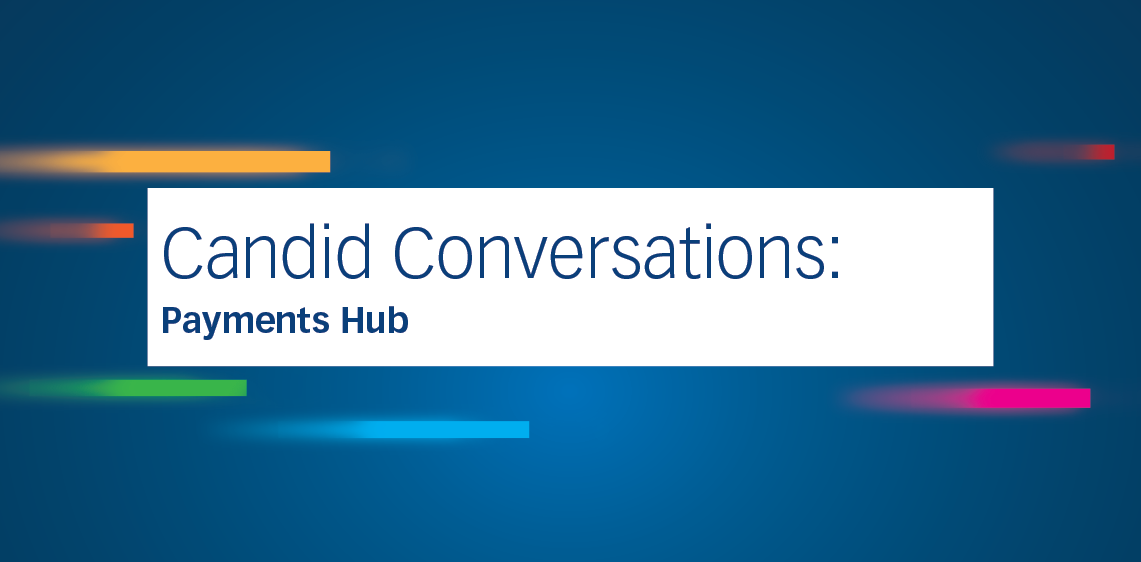
June 16, 2020
Candid Conversations: Payments Hub

We asked ProgressSoft’s Kuwait Country Manager, Tawfiq Khalili, all about payments hub; from why the solution was created, to how it impacts the wider industry today.
Here are the interesting results.
- What triggered the need for the creation of a Payments Hub solution?
With the rapid evolution of technology and the rise of fintechs, the traditional way of conducting payments no longer meets the present needs of the market; there is a quick variation in demand, rules and regulations and increased competition due to easy market entry of new players on local and global scales. Accordingly, fast-to-market and around the clock services are today fundamental to serve the fast-changing market demands and expectations of promptness, while also maintaining competitive price schemes to sustain the business against new market entrants.
With that, financial institutions including banks, payment service providers, exchange houses as well as mobile network operators, need to reevaluate their legacy infrastructures and reduce their dependency on back-end (or core) systems to address the new challenges in the market. However, this does not mean that these institutions should be dependent on front-end customer interface channels, as these too are rapidly changing with the demands of the market.
This evolutionary change and challenge is what ultimately triggered the creation of a solution that responds to these institutions’ needs in a cost-effective manner and a quick time-to-market approach, while also providing them with:
- Continuous service delivery
- On the fly service updates and launches
- Cost-effective service schemes
- Scalable new services, channels and networks
- Can you provide us with more details on how the solution works?
Payments Hub integrates with an unlimited number of payment-initiating sources and destination networks that allows it to apply financial institutions’ required rules and validations either across the platform, or per channel source and transaction criteria. It opens new doors for financial institutions to connect to multiple networks like domestic payment networks, wallets, payment service providers, cross-border networks including SWIFT, SWIFT GPI and RippleNet, peer-to-peer corridors, blockchain or distributed ledger technology networks, Western Union and more.
As a smart payments orchestrator, the solution manages, validates and conducts Anti-Money Laundering (AML), Combating the Financing of Terrorism (CFT) and Sanctioned-List screening to all payment types and transfers. It also smartly routes payments to their final destination according to predefined rules, connected network directories and correspondent Service Level Agreement (SLA) management, while also taking into account the financial institution’s predefined criteria in terms of cost, time, nostros, liquidity and many other factors. Ultimately, the solution defines the optimal remittance network, intermediary banks and more factors that present financial institutions with the ideal payments path in a matter of seconds.
The solution also transforms the concept of correspondent bank lists and tables into a correspondents directory with complete settlement instructions, SLA, cut-off and GPI ratings among others. It introduces cut-offs per correspondents’ or intermediary banks’ regional zones and automates bilateral communications between banks for attaining fees, charges, foreign exchange rates and tax schemes.
Duplicate detection rules, access control list management across different payments from different departments and sources, as well as auto-reconciliation and payments matching are also key features vital to the brilliant way the solution works.
- How is the solution changing the industry?
Payments Hub leaves its mark on both the payments industry and fintech services. As a rapid time-to-market and cost-efficient solution, it is key to deploying disruptive services in the financial industry.
The solution enables banks to break the traditional boundaries of payment services and move towards opening new global markets for their customers. It’s not only revolutionary in terms of technology evolution but also changes the way financial institutions respond to market needs forevermore.
Also, the flexible and modular design of the solution’s microservices facilitates faster, more cost-effective channels, so any financial institution that is not considering this migration will certainly fall behind the changing market needs.
Finally, the solution will massively accelerate competition within the financial industry and all the benefits will be reaped by end consumers and financial institutions who are keeping with this new market environment. In other words, the solution marks the launch of disruptive payment technologies we will be witnessing in coming years.


